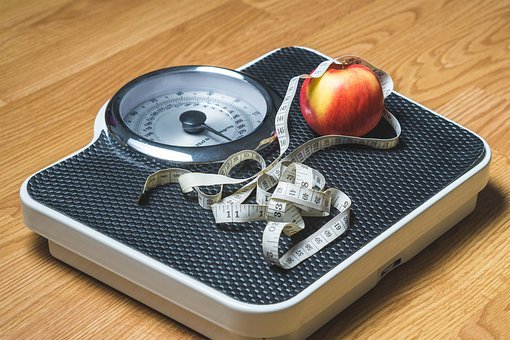How to Keep Weight Off - Once You've Lost It!
There’s a phenomenon called yo-yo dieting, and chances are that if you’ve ever struggled with weight loss, you know all too well how this vicious cycle goes.
It starts off with a person trying to lose weight in an unrealistic manner, by depriving themselves, over-exercising, under-eating or a combination of all three! Initially, it’ll seem like your efforts have been successful, but once reality enters the picture, you gain back all, and sometimes even more, of the weight you’ve just lost – sometimes putting you even further back than when you first started!
So how do you lose weight and keep it off long-term?
First, let’s clarify the issue. We’re not interested in losing weight per se, but body-fat. Why make the distinction? Because eating too little and being too active can make your body shed precious tissue. You’ll see a reduction in scale weight, but that’s hardly what we’re after. We want to burn the jiggly stuff that lies beneath our skin and hides our body’s beautiful muscularity.
In order to maintain what you lose, you must lose it the RIGHT WAY! What that means is NO crash diets, NO crazy workout regimens, and above all, you must set realistic goals. It’s important to recognize that what you’re after and what will ultimately lead to success is a change in lifestyle. Too often, diets are viewed as tools to use only when you wish to lose weight. But taking that view will almost certainly lead you to regain your lost pounds in the future.
It always amazes me when people buy into promises of quick, long-lasting fat loss, when they’ve been sedentary for years. Statistically, the slower you lose weight and get into shape, the more likely you’ll be to successfully keep it off.
Slow and Steady Wins the Race
A great goal to strive for is to lose no more than one pound per week. This is best achieved through a moderate increase in activity and a slight reduction of calories. Don’t do anything rash like go to the gym everyday or throw out all of the food in your cabinets. Instead, start off slow and allow your body, mind and schedule to gradually get used to new activities and a different way of eating. Try three days per week of 30 minutes of exercise, and make better choices when it comes to what and how much is on your plate. Especially in the beginning of a new regimen, your body will respond to small, subtle changes.
Being active doesn’t necessarily mean hitting the gym. Perhaps you can take a bike ride with the family, or perform some yard work or maybe even go on a hike during a beautiful day. The key is to be active and burn some calories. After all, you can’t lose weight if you don’t burn more calories than you consume.
Make Conscious Choices
When it comes to your food, I like to suggest for people to become more aware overall. Be conscious of what you eat, and don’t just blindly consume excess calories. Try breaking your meals up into smaller snacks, and eat them throughout the day. Remember, a meal can be an apple and a handful of nuts or a Greek yogurt. It doesn’t have to be a plate of food. But by taking in smaller amounts more frequently, you’ll be providing a steady stream of nutrients, have more energy, keep your metabolism running strong and be less hungry.
The truth is that the key to sustainable weight loss is how you lose it in the first place. I always say, “You didn’t gain 30 lbs. in 10 weeks, what makes you think you could lose it that fast?”
Sure it would be nice to undo the effects of years of poor eating in just a few weeks, but in the grand scheme of things, taking a few months to lose weight and get healthy the right way is just a blip on your life’s radar screen. Trust me, do it right the first time, and you’ll keep it off for good!
